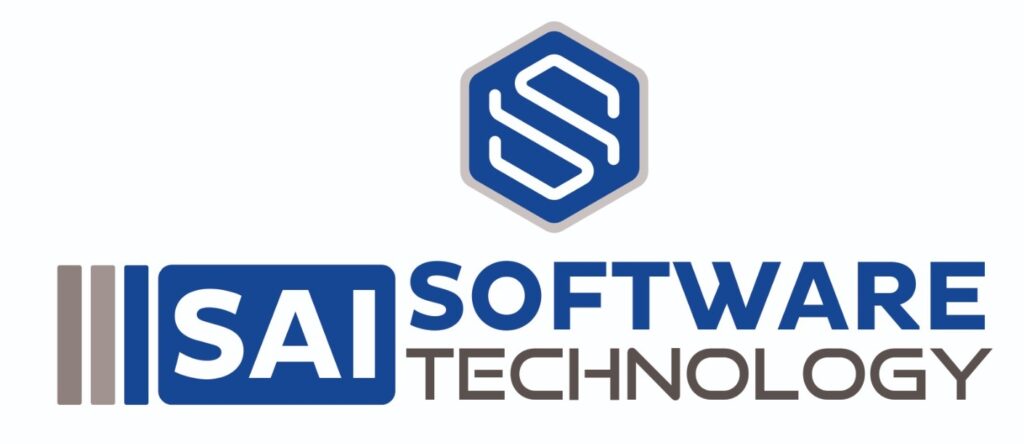Black Box
Black Box testing, also known as behavioral or external testing, is a software testing method that doesn’t require any prior understanding of the internal code, implementation details, or inner workings of an application. Instead, it concentrates on examining the application’s inputs and outputs, relying solely on the software’s specifications and requirements for testing purposes. This approach is valuable for assessing the application’s functionality without delving into its internal code structure.
Gray Box
Gray box testing, a hybrid approach that combines elements of both black box and white box testing, is a software testing method employed to evaluate an application with a partial understanding of its underlying code. This approach is focused on uncovering context-specific errors that may arise from the application’s suboptimal code structure, providing a balanced approach between the in-depth knowledge of white box testing and the external perspective of black box testing.
White Box
White Box testing delves into the internal structure, code, and architecture of a software application to verify the flow of input and output while enhancing its design, security, and overall functionality. This type of testing is also known by various names, including internal testing, clear box testing, open box testing, and glass box testing because testers have visibility into the application’s underlying code and internal workings, allowing for a comprehensive examination of its internal logic and structure.


